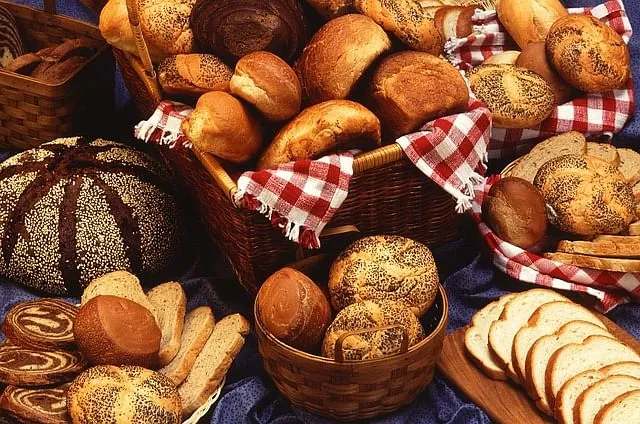In the bustling streets of Kashmir, amidst the clamor of modernity, there exists a relic of our cultural heritage, a symbol of tradition that refuses to be forgotten—the traditional tandoor. As the art of pottery gradually fades into obscurity, overshadowed by trendy utensils, the tandoor stands as a beacon of hope, a testament to our rich legacy of craftsmanship.
Crafted by skilled potters known as Kralls in Kashmir, the tandoor is more than just mud-made oven; it is a vessel that encapsulates centuries of tradition and history. Believed to have journeyed to Kashmir from Iran through the teachings of Hazrat Shahi Hamdan (RA), the tandoor found its place in our culture during the Pathan era. While Iranians have long used it for baking their daily bread, in Kashmir, it remains an integral part of the Kander community’s bakeries.
Tucked away in the village of Palhalun in north Kashmir’s Baramulla district, the art of tandoor crafting thrives. Here, families earn their livelihood by moulding and shaping clay into durable tandoors, keeping the flame of tradition alive. From the meticulous process of moulding and shaping the clay to the careful drying under the sun, each tandoor takes approximately two weeks to complete. The craftsmanship involved, from forming the clay rings to shaping the neck with traditional tools like the Tathwand and Kreed, is not only a testament to the dedication of the artisans but also offers a glimpse into the traditional way of life in the Valley.
Despite its historical significance, the traditional tandoor faces modern challenges. Once sold through barter trade systems, the demand for tandoors has shifted towards cash transactions. However, dwindling returns have led to a decline in the number of artisans practicing this age-old craft. Yet, amidst these challenges, the local culture of tandoor continues to endure, its presence in Kashmiri kitchens serving as a reminder of our cultural identity.
Beyond its traditional use for baking breads like tchachvor, lawasa, kulcha, shermal, routh, etc, the tandoor has adapted to modern culinary tastes, giving rise to new recipes such as tandoori chicken and tandoori mayonnaise, etc. In doing so, it not only sustains its relevance but also keeps alive the culture of using pottery items in Kashmiri cuisine.
From childhood memories of visiting the local “kandur” (baker) , the tandoor holds a special place in the hearts of Kashmiris, thus evoking nostalgia for simpler times when “kander” community numbered least, and when the varied yield of tandoor “tchout” was devoid of any preservatives, tasted delectable and was mostly craved for in every mohalla.
As an enduring emblem of local craft, the tandoor is not only an artifact of our rich cultural heritage and craftsmanship, but the relic of bygone epoch that survived the confrontations of the time, thus kept future of Kashmir’s ancestral pottery-art alive amidst the challenges faced by traditional artisans in the face of modernity.
In a rapidly changing world, the traditional tandoor serves as a reminder of the importance of preserving our rich cultural heritage. It is more than just an oven; it is a symbol of antiquity, craftsmanship and community. As we cherish the aroma of freshly baked bread and savor the flavors of tandoori delicacies, let us also honor the artisans who keep the flame of this tradition burning bright. For in the enduring legacy of Kashmir’s traditional tandoor, we find a connection to our past and a hope for the future.







